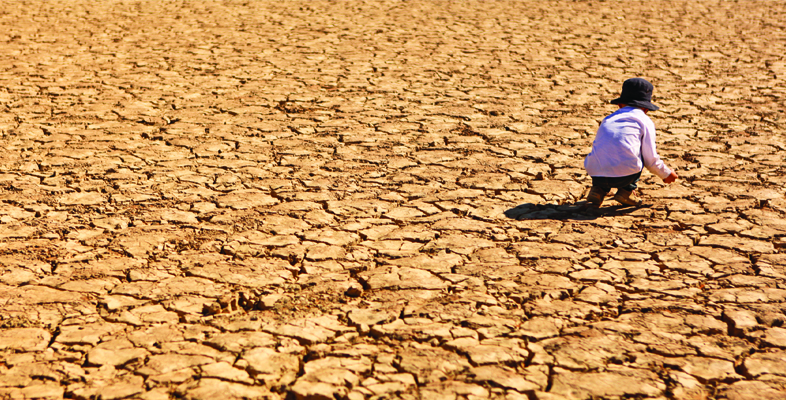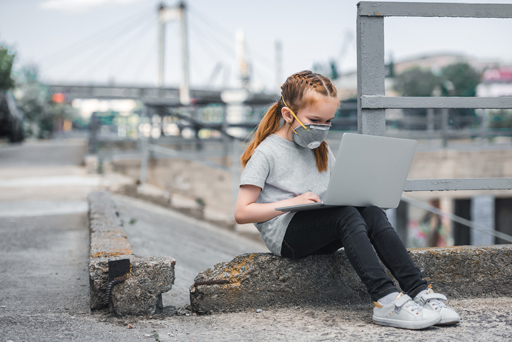4.1 Children and environmental connectedness
Children’s relationship with the environment is complex. In his work, Kraftl discusses this relationship and specifically looks at how children’s experiences of environmental change will be very different depending on their physical location and environmental circumstances. To explore this idea in more detail in the activity that follows you will read the example of Murilo, a Brazilian boy, whose daily life is characterised by adaptation to environmental change. His life is compared to children in the West and to adults’ fears about children losing their connections to nature.
Activity 5
Read Changing environments - Taubaté, São Paulo State, Brazil [Tip: hold Ctrl and click a link to open it in a new tab. (Hide tip)] , then answer the following two questions.
- 1. Which of the following did Murilo learn from his experiments? Fill in the blanks using the drop down menus.
a.
Children have been rendered less knowledgeable about their (local) environment
b.
Children no longer know the sources of their food
c.
Children are more likely to take part in school strikes
d.
Children are becoming more vulnerable to physiological and psychological illnesses
The correct answers are a, b and d.
In this reading Peter Kraftl is asking you to look more broadly at the relationship between children and the environment. Campaigns and school strikes against climate change – while receiving a great a deal of attention in the Western media – are, as you have read, a small part of the whole. Through examples of children such as Murilo, you can see how nuanced children’s relationships with the environment are and the very different ways in which they react to climate change depending on where and in what circumstances they live in.

